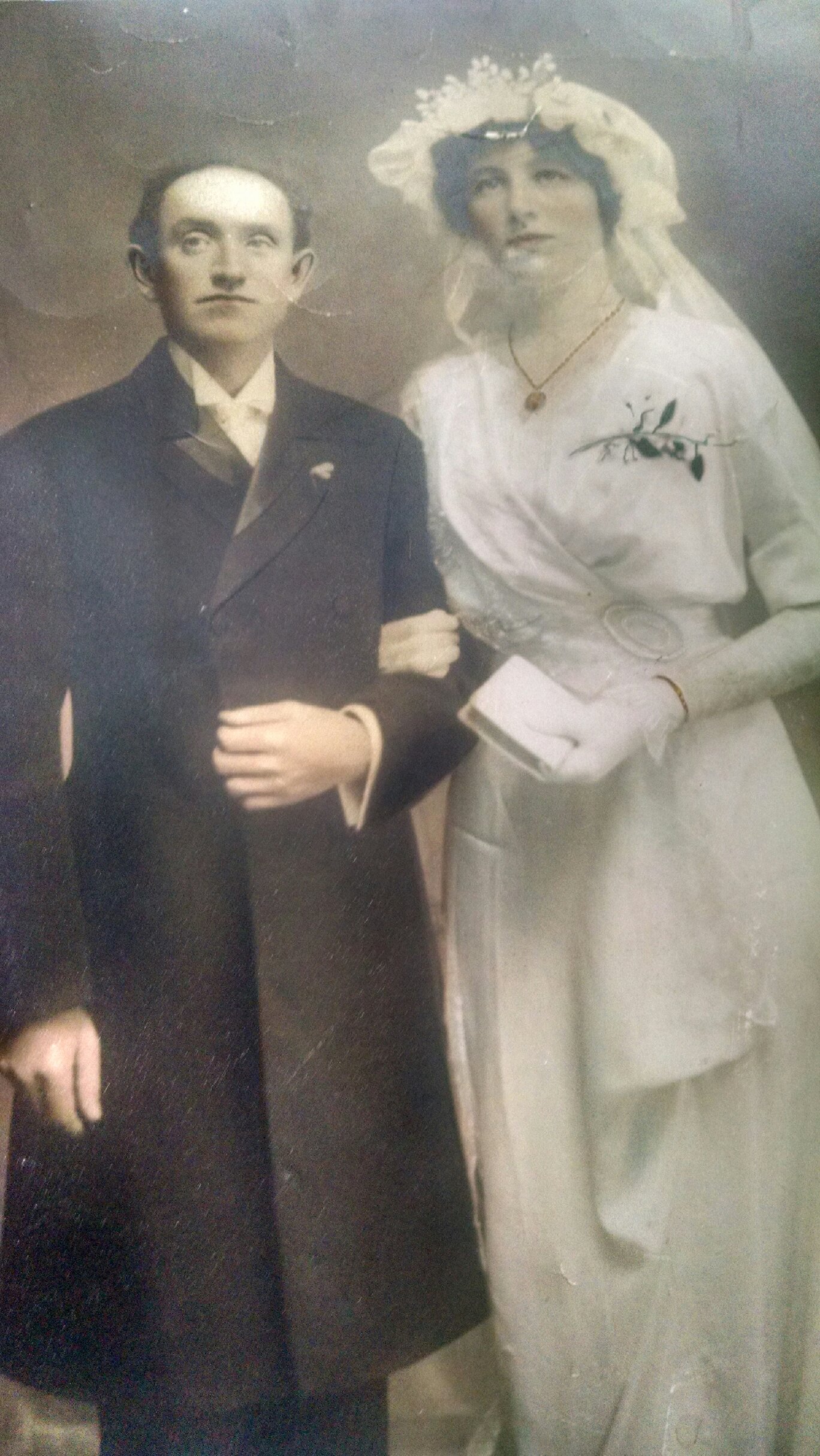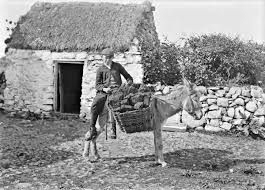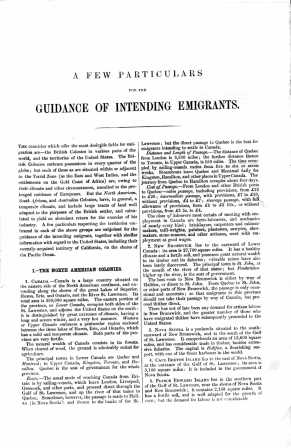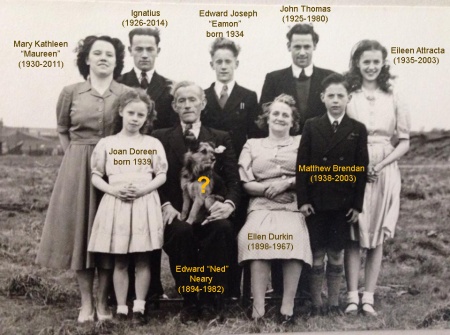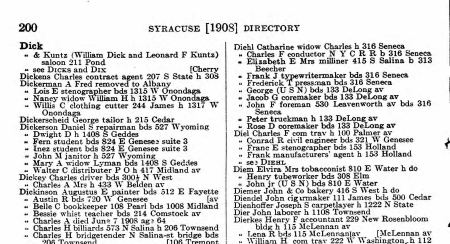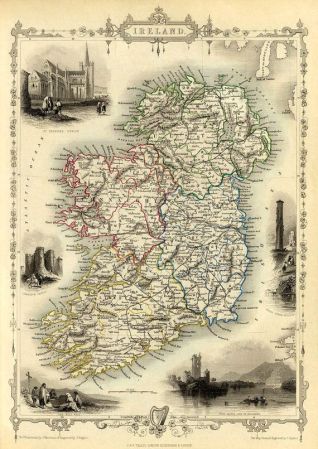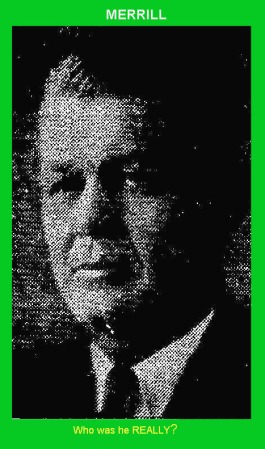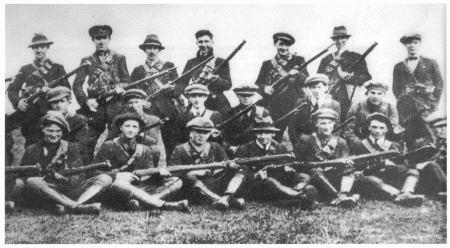It took me many years to locate my great-grandmother’s grave. Her maiden name was Kate Stenson, but everyone in Ireland knew her as Kit. She was born in 1852 in Ballincurry, a County Sligo townland located between Tubbercurry and Curry. After marrying my GGF Thomas Neary in 1874, her name became Mrs Catherine Neary. She delivered twelve children, and subsequently became the grandmother of 24 grandchildren, the majority of whom were called NEARY (including my father).
As Kit’s youngest son, my grandfather Ned ended up caring for his widowed mother at the home place in Tullinaglug, up until the late 1930’s. At that point, for financial reasons, Ned elected to relocate his growing family to England – but Kit, in her mid-80’s remained in Ireland. Family lore told that Kit went to live with the only one of her six daughters that got married and lived in the west of Ireland; the others having emigrated to New York and/or died before Kit. For a long while, the identity of this daughter was uncertain … but elderly family members recalled that she lived in the coastal resort of Enniscrone, after her marriage to a man called Mullaney.
Extensive research eventually verified that my great-aunt Bridget Neary had initially emigrated to New York City in the late 1890’s, as did eight of her siblings, but Bridget returned home broken-hearted 10 years later. Apparently, a sister had “stolen” Bridget’s first love interest in NYC, and went on to marry him. Within months of re-settling in County Sligo, Bridget married a carpenter called Patrick Mullaney from Enniscrone. On this basis, my search for Kit Stenson’s grave headed in the Enniscrone direction – in the days before the online indexing of headstones!
 One summer’s afternoon, a trek around Kilglass cemetery miraculously located Kate Stenson Neary’s grave in a position high on the hill towards the rear of the graveyard, among older more weather-beaten headstones – but more ancestral mysteries were instantly raised. Catherine Neary died in 1944 aged 92, and she was buried in a grave already containing two corpses with names which meant nothing to me, or my family.
One summer’s afternoon, a trek around Kilglass cemetery miraculously located Kate Stenson Neary’s grave in a position high on the hill towards the rear of the graveyard, among older more weather-beaten headstones – but more ancestral mysteries were instantly raised. Catherine Neary died in 1944 aged 92, and she was buried in a grave already containing two corpses with names which meant nothing to me, or my family.
Kate Stenson’s grave is marked by the inscription “Grandmother of the Mullany Brothers [of] Enniscrone.” The grand headstone reveals that a male and female both named Fox, and who both died in Jan 1939 aged in their 70’s, are buried in the same plot. I could only guess that this mystery couple had a connection to the equally unfamiliar Mullany Brothers.
On the base of the main headstone, I detected some roughly inscribed words which have been rather unprofessionally added at some later date (after 1944), perhaps without removing the stone to a mason’s yard. These words read as “Erected By Her Son ?? Thomas Neary”. There are two engraved marks before the name Thomas which I cannot make out. My grandfather’s brother Thomas was a US Army career soldier and lifelong bachelor boy.
 After a bit more research, and lots of head-scratching, I developed a plausible theory about Neary family events back in 1944. My theory is that Kate Stenson passed away at the grand old age of 92, after being resident in Enniscrone for no more than about the last 8 years of her life. This was a financially depressed era in Ireland, and the World War was still raging around Europe and farther afield. Her daughter, Bridget [Mullany] would have sent letters to my grandfather Ned in England, and other siblings in the Bronx and around NYC, including bachelor Thomas, to inform them that their mother had passed away. The war would certainly have prevented travel from the US for a funeral, and probably also from England. I reckon that the Mullany family could not afford a new burial plot, so they opted to bury Kate in the grave used by some family relatives called Fox. I discovered that the mother of Bridget’s husband, Patrick Mullany, was called Mary Fox, and that Patrick was raised as a child by aunts and uncles named Fox. The extra grave inhabitants were siblings of Patrick’s mother who never married. Initially, this grave would have remained without a significant headstone after the 1939 interments and again immediately after September 1944 when my GGM Catherine was laid to rest..
After a bit more research, and lots of head-scratching, I developed a plausible theory about Neary family events back in 1944. My theory is that Kate Stenson passed away at the grand old age of 92, after being resident in Enniscrone for no more than about the last 8 years of her life. This was a financially depressed era in Ireland, and the World War was still raging around Europe and farther afield. Her daughter, Bridget [Mullany] would have sent letters to my grandfather Ned in England, and other siblings in the Bronx and around NYC, including bachelor Thomas, to inform them that their mother had passed away. The war would certainly have prevented travel from the US for a funeral, and probably also from England. I reckon that the Mullany family could not afford a new burial plot, so they opted to bury Kate in the grave used by some family relatives called Fox. I discovered that the mother of Bridget’s husband, Patrick Mullany, was called Mary Fox, and that Patrick was raised as a child by aunts and uncles named Fox. The extra grave inhabitants were siblings of Patrick’s mother who never married. Initially, this grave would have remained without a significant headstone after the 1939 interments and again immediately after September 1944 when my GGM Catherine was laid to rest..
My guess is that Thomas was still in the US at this time, probably offering his services to the war effort, even if just in a clerical capacity. When the war was over, Thomas most likely officially retired from US Army service, and he would have received a generous pension. I think that he kindly offered to send money to the Mullany family to ensure that his mother had a suitable memorial headstone.
The Mullanys then (sort of) respectfully obliged Thomas’s wishes, and hence we get the gravestone listing the grave’s occupants – with Catherine Neary listed as the primary “resident”. Next, I think that Bridget & the Mullanys would have been surprised when later in the 1940’s, Thomas advised that he intended to return to Sligo to see out his final days as soon as trans-Atlantic passenger travel routes were safely re-established. However, Thomas got the greater shock when he visited the Kilglass cemetery for the first time to pay his respects to his deceased mother. Here he found his mother’s remains lying in a grave alongside two strangers (in Neary family terms). Furthermore, the grave inscription paid homage to the fact that Kate was the grandmother of Bridget’s children; three local brothers who were builders aged in their mere 20’s. No mention of her father Charles Stenson, or Thomas Neary her husband, or Thomas the son who paid for the headstone, or the other ten Neary siblings, or Tullinaglug, Kate’s home for over 60 years.
I believe that Thomas would have been justifiably alarmed by the fact that the Mullany’s had effectively hijacked his mother’s memorable lifetime. Kate gave birth to 12 children. Many had overcome adversity and forged good lives in and around New York. My grandfather Ned had looked after his mother and the family farm for over 20 years as the main bread-winner. The Mullany’s had belatedly got to know Kate very late in her life – why should this family feature in isolation on her tombstone?

“Erected by her son ? ? Thomas Neary”
I can imagine Thomas & Bridget exchanging a few heated words about the bizarre headstone inscription. I think this resulted in the amateurish additional words being added at the base of the headstone, as a compromise to an angry or bemused Thomas. I can just picture one of the “jack-of-all-trades” Mullany brothers saying that they would personally inscribe a tribute to Thomas on the foot of the stone – and they made a right old mess of the inscription. The illegible marks before Thomas’s name could even be a spelling error which was crudely obliterated, but remains as a sign of unprofessional stone-masonry forever more.
In my opinion, the whole episode was triggered by Bridget’s rejection as a potential bride-to-be in the 1900’s decade in New York. Two of her sisters married two out of three very eligible Irish sibling bachelors in America. One of these handsome men became a fully qualified and renowned Civil Engineer and lived in the eye-catching big Bronx Reservoir House. Bridget must have felt bitter and jealous of her sisters’ good fortune when she returned to Ireland as an aging spinster. She had to settle for marrying a local small-town building tradesman, six years her junior. By the time her mother Kit Stenson died in 1944, it is likely that Bridget had disowned her successful siblings in New York, apart from Thomas who only emigrated after the Mullany/Neary wedding. Bridget’s bitterness is evident on Kit’s gravestone. The inscription acknowledges the relationship of my great-grandmother to Bridget’s own family, and no-one else …. except for those telling extra words added in amateurish fashion recording that my great-uncle Tom Neary actually funded the selfish memorial.
I might be interpreting the evidence wrongly, and doing my distant Mullany cousins a disservice. As might be expected from this tale, there has been no direct communication between Nearys and Mullanys for almost 50 years. If anyone can shed more light on the burial events of 1944, then please step forward.
Retired US Army soldier Tom died in Ireland in 1954. The whereabouts of his grave, and that of his father Thomas (the husband of Kit Stenson, and my GGF) have yet to be located.




